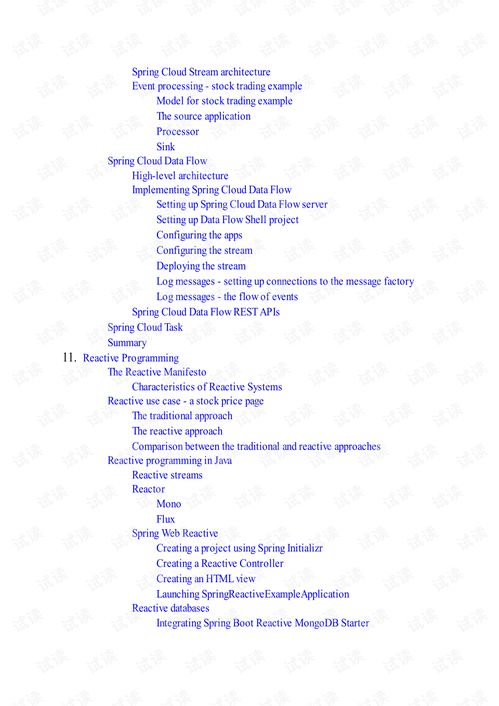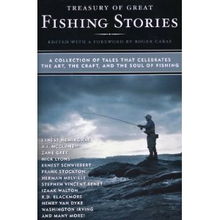Spring Fishing: Essential Tips for Effective Nesting Techniques
As the temperatures begin to rise and the snow starts to melt away, anglers everywhere start to anticipate the annual rite of passage: spring fishing. The arrival of spring brings with it a renewed energy in the water, as fish begin to move to their spawning grounds and become more active. One of the most critical aspects of successful spring fishing is mastering the art of nesting, or setting up a bait station to attract fish. Here are some essential tips to help you get started:
Understanding the Spring Fishing Environment
Spring is a time of transition for fish. They are often seeking warmer waters to spawn, and this can lead them to move to shallow areas or riverbanks. It's important to understand the seasonal patterns of the fish you're targeting. For example, bass often move to spawning beds in the spring, while trout may be looking for more protected, cooler waters.
Choosing the Right Spot
The first step in effective nesting is selecting the right spot. Look for areas with structure, such as rocks, logs, or weed beds, as these can provide cover for fish. If you're targeting species like bass, they often spawn in shallow water, so look for areas near shorelines or in coves.
Preparing Your Bait
The choice of bait can vary greatly depending on the species you're fishing for. For panfish, live bait like worms or minnows can be effective. For larger species like bass or trout, artificial lures can be more successful. It's important to match the bait to the local fish species and the type of forage they are accustomed to.
The Nesting Process
Cast Your Line: Begin by casting your line into the chosen spot. The goal is to cover as much water as possible to increase your chances of encountering fish.
Adjust Your Cast: Depending on the fish species, you may need to adjust your casting technique. For example, when targeting bass, a shorter, more accurate cast can be more effective.
Set Up Your Bait: Once you have your line in place, set up your bait. This could involve attaching a lure to your line or placing live bait on a hook.
Maintain Patience: Spring fishing can be very slow, so it's important to be patient. Wait for the fish to come to you rather than trying to force a bite.
Effective Nesting Techniques
Using a Fish Finder: A fish finder can be a valuable tool in identifying the presence of fish in your chosen spot. It can help you determine the depth and structure of the area, which is crucial for successful nesting.
Drifting Bait: Drifting your bait can be an effective technique, especially in rivers or streams. By casting upstream and letting the current carry your bait downstream, you can mimic the natural movement of forage fish.
Trolling: Trolling can be an excellent method for covering a lot of water quickly. By using a trolling motor, you can control your boat's speed and cover different areas efficiently.
Using a Float: A float can help you control the depth at which your bait is presented. This is particularly useful when targeting species that are bottom feeders or those that prefer to feed at a certain depth.
Maintaining Your Nest
Once you've established a successful nesting spot, it's important to maintain it. This means regularly checking your bait and repositioning it if necessary. It's also a good idea to keep track of the fish species you're attracting and adjust your technique accordingly.

Conclusion
Spring fishing is a time of excitement and anticipation, and mastering the art of nesting can greatly enhance your chances of success. By understanding the spring fishing environment, choosing the right spot, preparing your bait, and using effective nesting techniques, you'll be well on your way to a productive fishing season. Remember to be patient, adapt to the conditions, and enjoy the beauty of spring on the water. Happy fishing!












